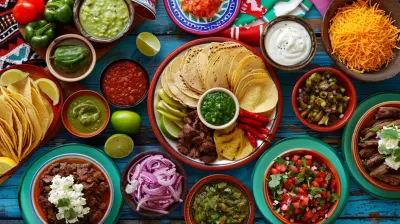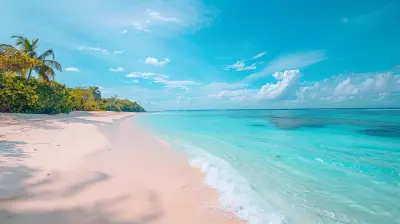Indigenous Culture in Peru: Connecting with the Quechua
31 July 2025
Peru is a country rich in history, breathtaking landscapes, and deeply rooted traditions. However, beyond Machu Picchu and the vibrant streets of Cusco lies something even more profound—the indigenous Quechua culture. The Quechua people, direct descendants of the ancient Inca civilization, have preserved their traditions, language, and way of life for centuries.
But what does it truly mean to connect with the Quechua? It’s about more than just visiting; it's about understanding, respecting, and immersing yourself in their world. Let's take a journey into the heart of Peru’s indigenous culture and uncover the beauty of the Quechua way of life.
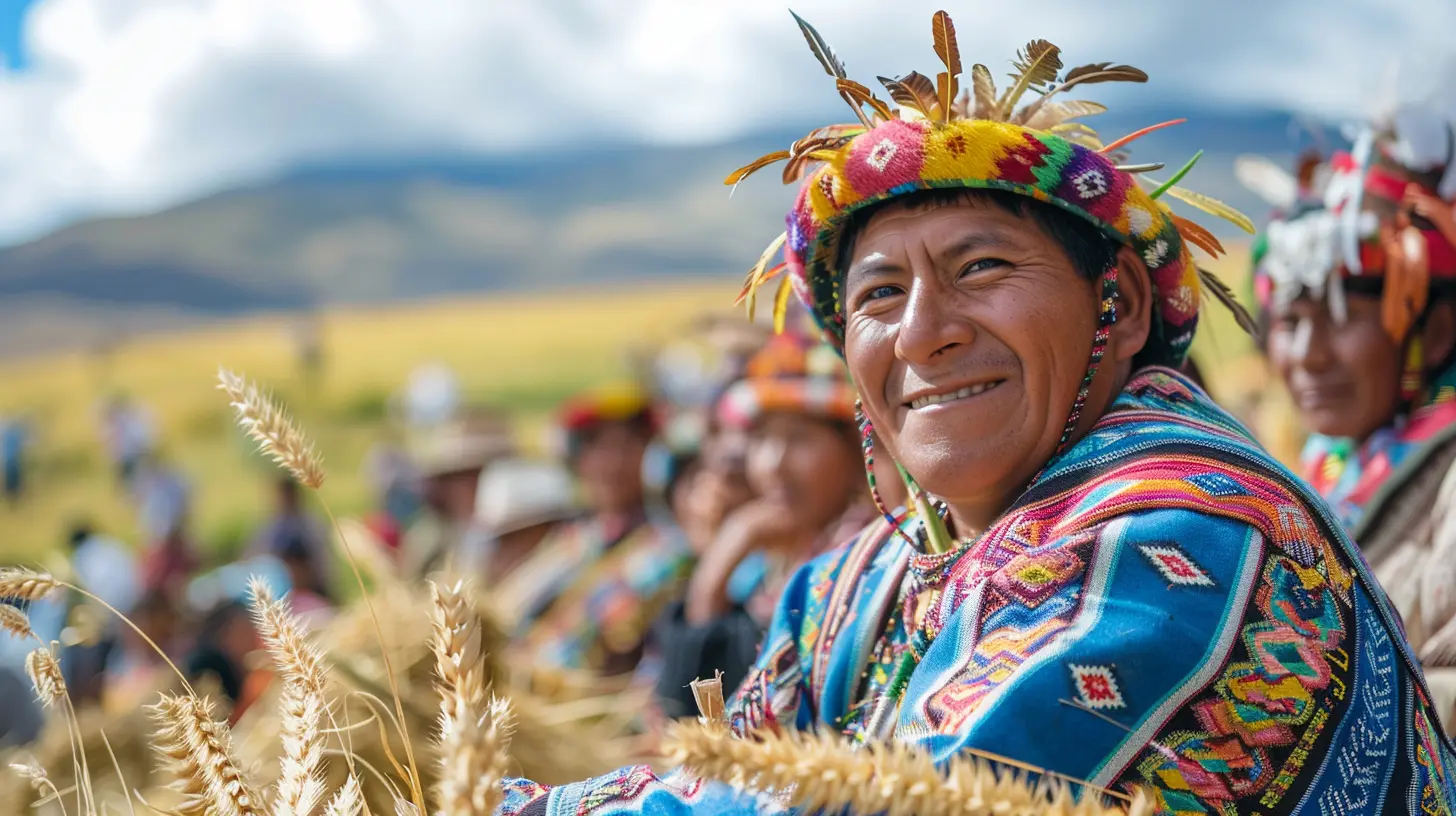
Who Are the Quechua People?
The Quechua are one of the largest indigenous groups in South America, primarily residing in Peru, Ecuador, and Bolivia. In Peru, they make up nearly 20% of the population and have maintained their customs despite centuries of colonization and modernization. Their language, Quechua, was once the official language of the vast Inca Empire and is still spoken by millions today.But the Quechua people are more than just their history; they are artisans, farmers, healers, and storytellers who continue to pass down their knowledge through generations. Their daily lives are deeply connected to nature, community, and spiritual beliefs—a lifestyle that offers a refreshing perspective in today’s fast-paced world.
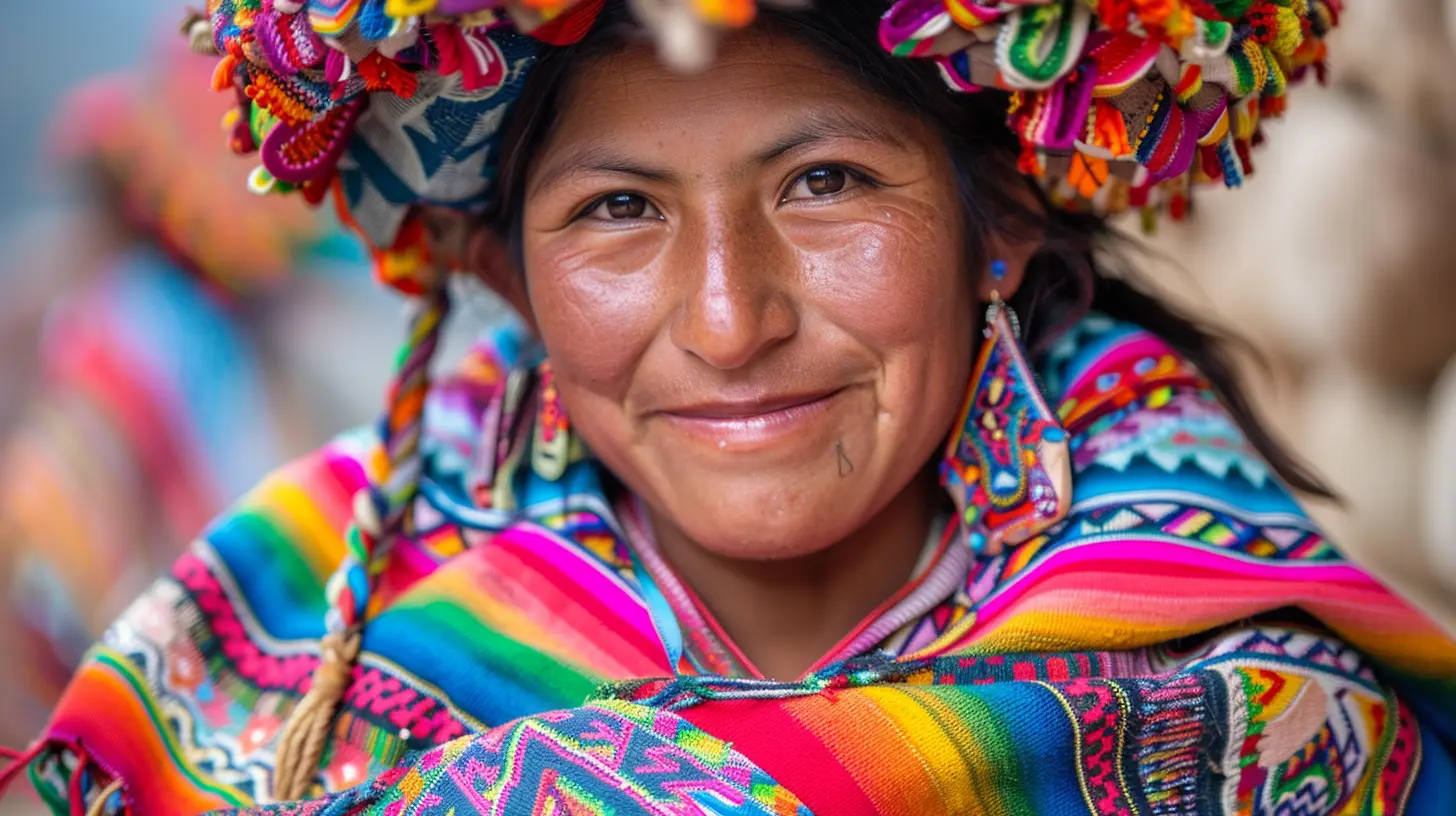
Living Traditions: Stepping into the Quechua Way of Life
1. The Art of Andean Weaving
One of the most mesmerizing aspects of Quechua culture is their intricate weaving tradition. For the Quechua, weaving is more than just a craft—it is a language, a storytelling medium, and a sacred practice.Using techniques passed down for centuries, Quechua women create stunning textiles with vivid patterns and colors that hold symbolic meanings. Reds, blues, and greens depict nature, spirituality, and social identity. Each textile tells a story—whether of family, history, or beliefs.
If you ever visit communities like Chinchero or Pisac, you’ll find weaving cooperatives where Quechua women demonstrate the entire weaving process, from shearing alpacas to hand-dyeing wool with natural plants. Buying these textiles directly from Quechua artisans ensures that their traditions remain alive and that they receive fair compensation for their skills.
2. Traditional Quechua Cuisine: A Taste of the Andes
Food is often the gateway to understanding a culture, and Quechua cuisine is a perfect reflection of their deep connection to the land. Rooted in sustainability and local ingredients, their food revolves around potatoes, quinoa, corn, and hearty stews.Ever heard of Pachamanca? This ancient cooking technique involves slow-cooking meat, potatoes, and vegetables underground with hot stones. It’s a communal feast, bringing people together to share food and gratitude—much like a family dinner, but with an Andean twist.
And let’s not forget about chicha! This fermented corn drink has been enjoyed by Andean communities for centuries and is still an essential part of Quechua celebrations. If you see a red flag hanging outside a home in the Sacred Valley, that’s a signal they’re selling fresh chicha—be sure to stop for a taste!
3. The Spiritual Connection: Pachamama and Andean Rituals
For the Quechua, everything in life is tied to the earth, or Pachamama, the revered Mother Earth. They believe in a spiritual bond between humans and nature, which is reflected in their rituals and traditions.One of the most profound ceremonies is the Pago a la Tierra, or “Payment to the Earth.” In this ritual, Quechua people make offerings of coca leaves, flowers, and other natural elements to Pachamama, expressing gratitude and asking for blessings. Some travelers have the chance to participate in these rituals, often led by a Quechua shaman, deep in the mountains of the Andes.
These ceremonies remind us of something we sometimes forget: the importance of gratitude and harmony with nature. It’s a humbling experience—one that leaves a lasting impact.
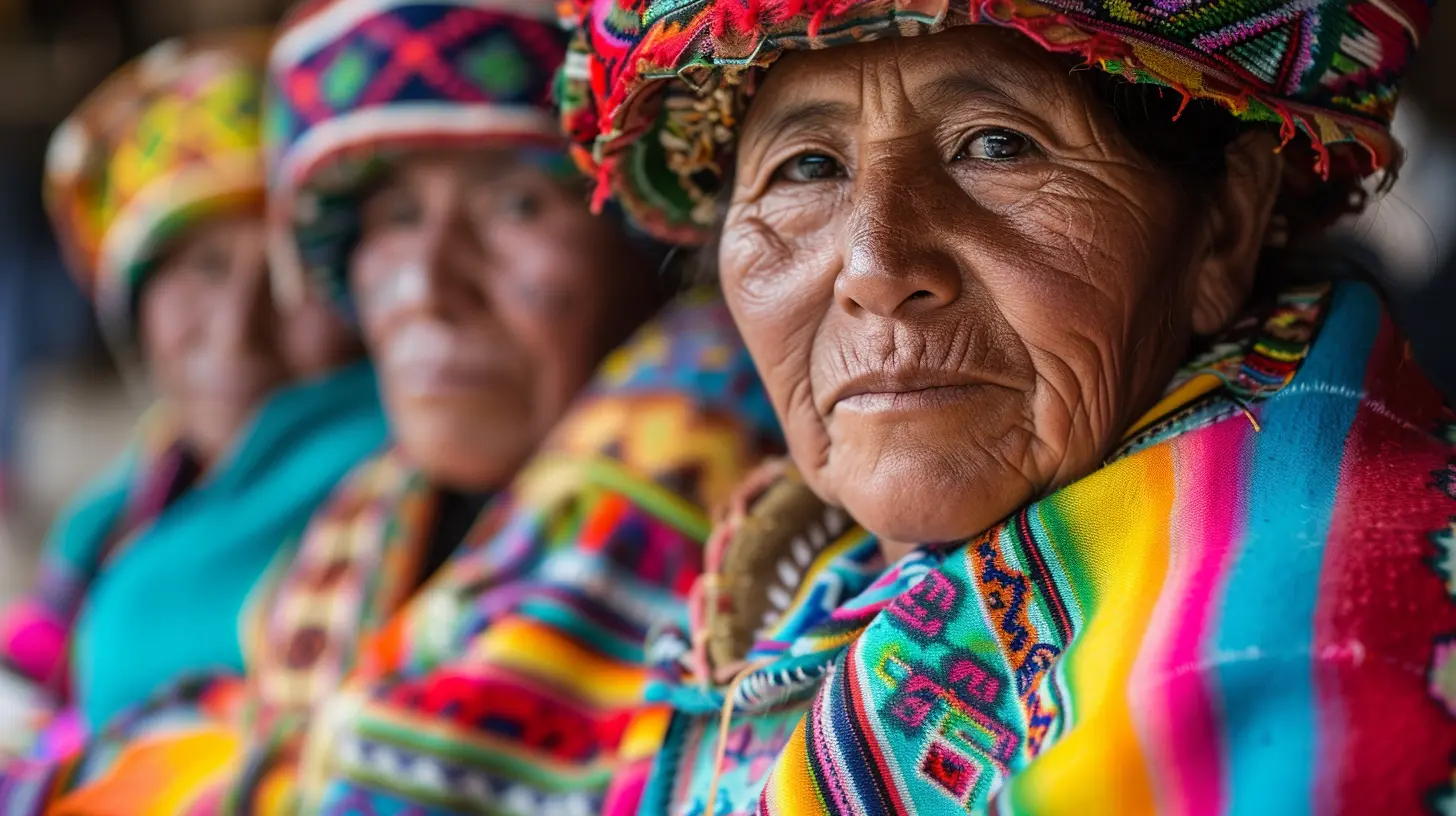
How to Respectfully Engage with the Quechua Culture
1. Learn Basic Quechua Phrases
Imagine visiting a remote Quechua village and greeting an elder in their native language—just a simple "Rimaykullayki" (hello) can bring a warm smile to their face. While many Quechua people speak Spanish, showing an effort to learn their language is a sign of respect and appreciation.Here are a few basic Quechua words to get you started:
- Hello: Rimaykullayki
- Thank you: Sulpayki
- Goodbye: Tupananchiskama
2. Support Authentic Quechua Experiences
When booking tours or experiences, seek out community-based tourism initiatives that directly benefit the Quechua people. Participating in homestays, visiting artisan markets, and engaging with local guides ensures that your money supports indigenous families rather than large tourism corporations.One great example is the Patacancha community near Ollantaytambo, where travelers can experience traditional Quechua life firsthand—sleeping in adobe homes, helping with farming activities, and even learning to weave.
3. Be Mindful When Taking Photos
It’s tempting to capture every moment, especially when surrounded by vibrant outfits and stunning landscapes. However, always ask for permission before taking photos of the Quechua people. Many view photography as invasive, and in some cases, it can be seen as taking a piece of their soul. A simple gesture of respect—like asking in Quechua—can go a long way.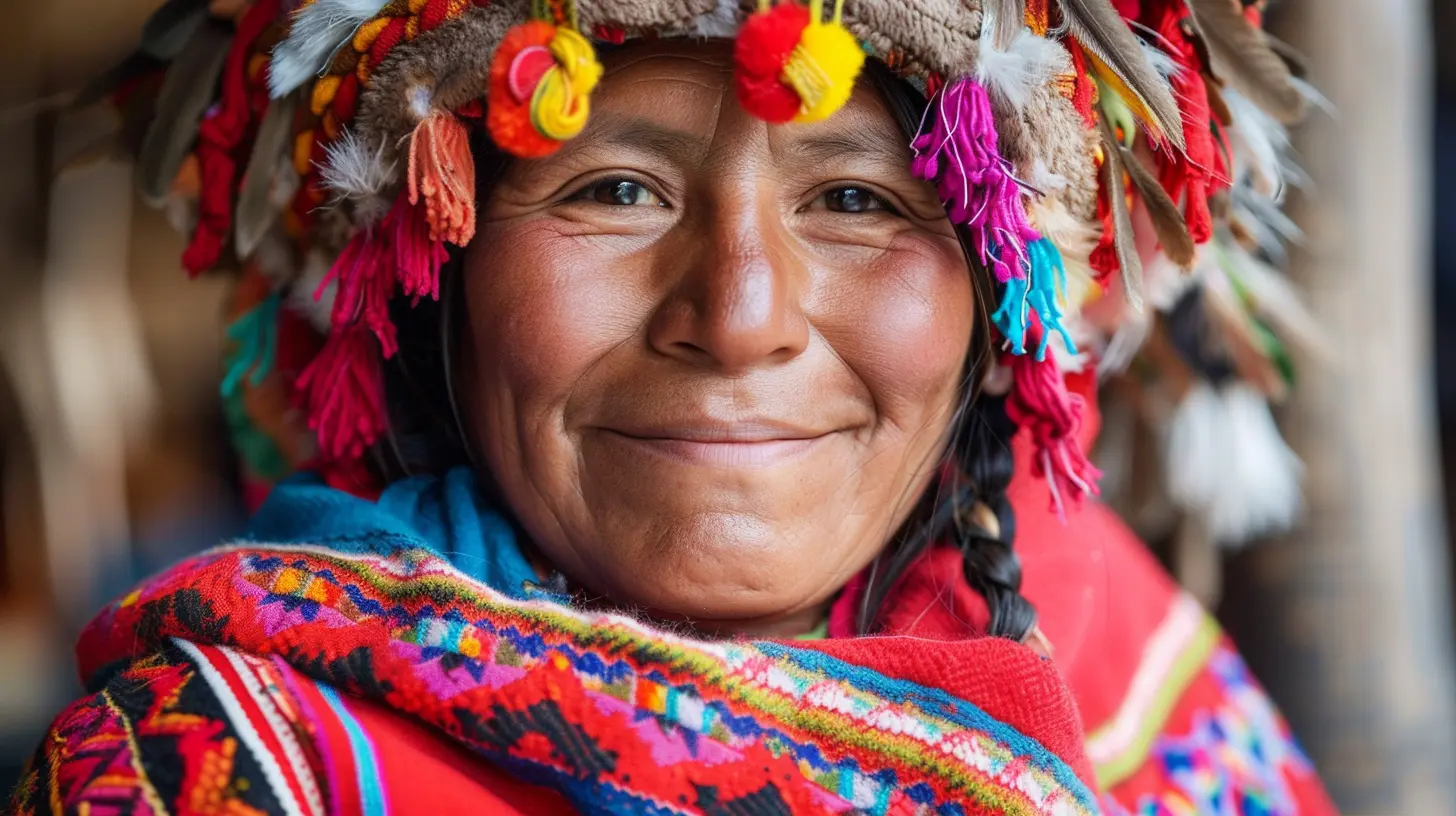
Why Connecting with the Quechua Culture Matters
In a world that’s becoming increasingly homogenized, indigenous cultures like the Quechua hold invaluable wisdom. Their sustainable way of life, deep respect for nature, and strong sense of community offer lessons that modern society desperately needs.By engaging with the Quechua people, we’re not just learning about an ancient culture—we’re embracing a different way of seeing the world. Whether it’s through their textiles, food, or spiritual practices, every interaction with the Quechua is a step toward deeper understanding and human connection.
So, the next time you visit Peru, go beyond the tourist spots. Sit with a Quechua elder, listen to their stories, and let the magic of this ancient culture touch your heart. Because in the end, travel isn’t just about places—it’s about the people we meet along the way.
all images in this post were generated using AI tools
Category:
South America TravelAuthor:

Taylor McDowell
Discussion
rate this article
2 comments
Rune Watson
Exploring the rich tapestry of Quechua culture in Peru is an inspiring journey of connection and understanding. Each experience offers a unique opportunity to embrace tradition, resilience, and community spirit. Let the vibrant stories and breathtaking landscapes inspire your own adventure of discovery!
November 1, 2025 at 4:40 AM

Taylor McDowell
Thank you for your insightful comment! Embracing Quechua culture truly enriches our understanding of Peru's diverse heritage and inspires meaningful connections.
Benjamin Parker
This article beautifully highlights the rich heritage of the Quechua people in Peru. Engaging with their culture offers a profound insight into their traditions, customs, and deep connection to the land.
August 5, 2025 at 3:57 AM

Taylor McDowell
Thank you for your thoughtful comment! I'm glad you found the article highlights the Quechua people's heritage and connection to their culture and land.
